 I’ve been using WordPress for 15 years, and have made it my go-to platform for all new websites I’ve built since 2014. So how is it that it took me three years to discover that ClassicPress exists, especially since its whole raison d’être is to keep the pre-Gutenberg dream of WordPress alive?
I’ve been using WordPress for 15 years, and have made it my go-to platform for all new websites I’ve built since 2014. So how is it that it took me three years to discover that ClassicPress exists, especially since its whole raison d’être is to keep the pre-Gutenberg dream of WordPress alive?
On one hand, being a solo developer — even before the pandemic — has always kept me a bit out-of-the-loop, especially since I don’t attend conferences. But I suspect the fact that I knew nothing of this also speaks negatively to the project’s future.
Is it gaining enough traction to continue to exist? Is it really a viable option to use on new professional projects in 2021?
Has the Gutenberg ship sailed? Well, yes, it has. But my issues with the current and future state of WordPress go beyond Gutenberg, to the nature of Automattic’s role in steering the ship, the greater vision of what WordPress is and should become, and… well… Matt Mullenweg’s personality. I feel like the future of WordPress is increasingly diverging from what I hoped to get out of it as a platform, and it’s clear that I’m not alone. That’s why ClassicPress exists.
There are a lot of things to like about ClassicPress, right out of the gate, besides the most obvious element, which is the absence of anything Gutenberg. It does away with a lot of the cutesy crap that’s rolled into WordPress by default, not least of which being the annoying proliferation of the word “howdy” and the beyond-pointless-to-actively-detrimental* plugin Hello Dolly.
As I look to my own future with WordPress and/or ClassicPress, I am primarily thinking about two things: 1) how/if I will continue to use it as the platform of choice for client projects, and 2) what the future will be for the plugins I have contributed to the WordPress community, and more specifically, my commercial plugin, ICS Calendar Pro.
I’ve been struggling with these matters for almost four years now, ever since Gutenberg emerged on the scene and went through its early phases of absolutely sucking, to its too-soon release as the default WordPress editor, to its current state as a mostly good but highly quirky and weirdly limited page building tool.
The timing was not great for me, as I had just recently gone “all-in” on 34 Blocks, my own block-based starter theme that I have been using to create all of my client sites since 2017. It started from a series of one-off client themes beginning around 2015 and is built around Advanced Custom Fields and its “Flexible Content” fields. It’s all much more in line with what “WordPress” has always meant to me. But as WordPress becomes Gutenberg, my vision of what this tool is and the reality of what it has become are increasingly at odds.
In those four years I’ve been bouncing around between several different ideas:
- Suck it up and finally embrace Gutenberg development, learning a bunch of new stuff like React, in which I am not only wholly disinterested but with which I philosophically disagree?
- Cling for dear life to Classic Editor and pray the gods of Automattic keep it on life support?
- Switch to an entirely new platform, whether that might be another open source or commercial CMS, or a complete SaaS approach like Squarespace?
- Get out of the web development business entirely?
So far, I’ve mostly stuck with “cling for dear life to Classic Editor” although I have been tempted a great many times to “get out entirely.” My enthusiasm for this field hasn’t been helped by things like the caustic toxicity of social media, the rise of absolutely godawful and not-at-all-intuitive-regardless-of-their-claims-to-such interface concepts (see: Google’s Material Design), and technical snafus like Digital Ocean’s entire subnet getting spam blacklisted and them doing absolutely zero to rectify the situation.
I’ve been taking baby steps towards making sure I’m not caught out when/if they pull the plug on Classic Editor. My 34 Blocks theme is to the point where it works adequately in the Gutenberg environment, and I’m even moving it towards a potential future where I would scrap my ACF Flexible Content blocks altogether, in favor of Gutenberg blocks.
But I’ve also made sure ICS Calendar is backward-compatible with WordPress 4.9, so it works with ClassicPress. And I’m still looking at other tools, now and again, in case I need to switch directions entirely.
It’s happened before. After the first half of my career consisted largely of building “bespoke” CMSes for corporate overlords, I went out on my own. From 2008 to 2014 I sunk thousands of hours into the development of a feature-rich, completely custom-built CMS based on the CakePHP framework, which I used to create about 10 client sites per year throughout that period.
But the writing was on the wall for that project when I found it impractical to upgrade the CakePHP core past version 1.3, which was incompatible with PHP 7. (CakePHP is currently up to version 4.1 and now requires a minimum of PHP 7.2, for an indication of just how doomed my old CMS project was.) By 2014 I gave up on it and switched to WordPress. Has the time come to move on again? If so, I feel like in some ways, switching to ClassicPress would be a step backwards, or at best a lateral move, and would not set me up well for the future.
Where does that leave me? I don’t know. There are options. But embracing Gutenberg and the future of WordPress is not at the top of the list. If anything, it’s never been lower.

